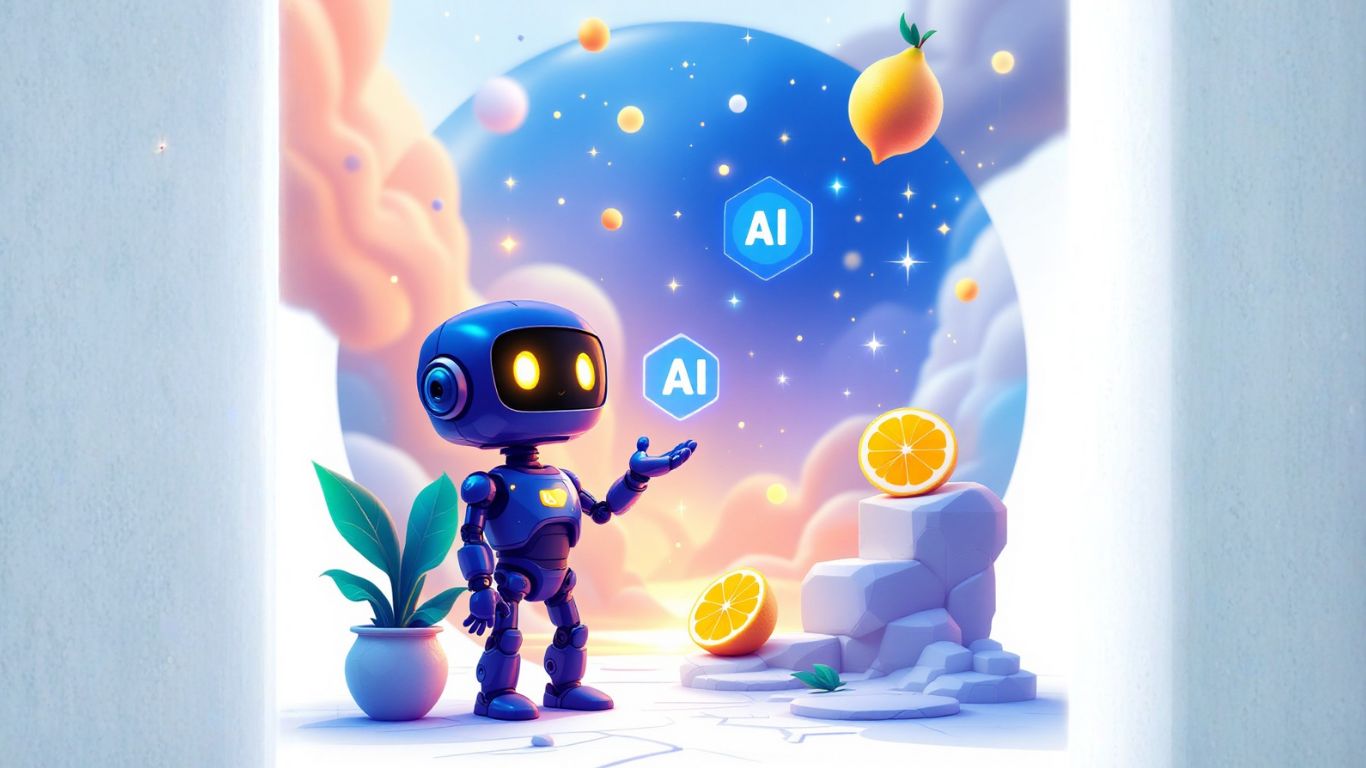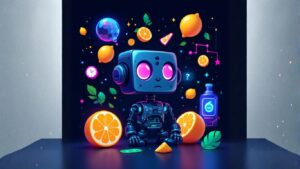How is Multimodal AI Changing Business?
Multimodal AI, which understands and processes information from multiple data types like text, images, and voice simultaneously, is rapidly transforming how businesses operate and interact with the world. This advanced form of artificial intelligence moves beyond the limitations of single-data-type processing, offering a more comprehensive and human-like understanding of information. Multimodal AI combines the strengths of these different domains, unlocking capabilities that go beyond isolated inputs. This integration is key to creating smarter, more intuitive, and more powerful applications for businesses.
For a long time, AI models were specialized. One AI might excel at understanding text, another at recognizing images, and yet another at processing audio. However, the new generation of AI, often referred to as multimodal AI, breaks down these silos. It can now process and understand text, images, audio, and even video in concert, much like humans do by integrating information from different senses. This capability is not just an incremental improvement, it’s a leap forward that’s quietly disrupting industries from healthcare to content creation.
Understanding the Power of Multimodal AI
At its core, multimodal AI refers to systems capable of processing and integrating information from various data types simultaneously. Unlike unimodal AI, which is limited to a single data type, multimodal AI achieves a far richer understanding of context.
The Synergy of Text, Image, and Voice
-
Text: Natural Language Processing (NLP) is the foundation, enabling machines to understand, interpret, and generate human language. NLP enables machines to understand, interpret, and generate human language. This remains crucial for communication and data analysis.
-
Image: Computer vision allows AI to “see” and interpret visual information, from identifying objects in photos to analyzing complex scenes in videos.
-
Voice: Speech recognition enables AI to convert spoken language into text, and natural language generation (NLG) allows AI to respond and communicate verbally.
When combined, these modalities create powerful new capabilities. For example, a multimodal AI can analyze a photograph, understand the text within it, and describe the scene audibly. This integrated understanding allows for more nuanced and effective interactions.
Key Advancements Driving Multimodal AI
Several recent breakthroughs have propelled multimodal AI into the spotlight:
-
Advanced Models: OpenAI’s GPT-4V and GPT-4o, and Google’s Gemini are prime examples of cutting-edge multimodal AI models. These systems can process and generate text, audio, images, and even video in real-time, understanding complex relationships between different data types.
-
Enhanced Understanding: By combining inputs from different modalities, AI models gain a more comprehensive understanding of context. This improved understanding helps AI “identify more details about the environment in a photo or video.”
-
New Possibilities: Models like DALL-E 3 can create detailed images from textual descriptions, showcasing the power of cross-modal generation.
Transformative Applications of Multimodal AI in Business
The ability to process and integrate text, image, and voice opens up a vast array of business applications:
Enhancing Customer Experience
-
Smarter Chatbots and Virtual Assistants: Multimodal AI can power conversational agents that understand not only typed or spoken queries but also visual context. Imagine a customer sending a photo of a damaged product and detailing the issue via voice, a multimodal assistant could process all this information to provide a precise solution or replacement process.
-
Personalized Content and Recommendations: AI can analyze a user’s visual preferences (e.g., styles in clothing photos they’ve saved) combined with their textual search history and voice feedback to offer highly personalized product or content recommendations.
Improving Operational Efficiency
-
Document Analysis and Data Extraction: Multimodal AI can extract information from scanned documents that contain both text and images, such as invoices, contracts, or technical manuals. It can understand flowcharts, diagrams, and handwritten notes alongside typed text, streamlining data processing.
-
Content Creation and Marketing: Businesses can use multimodal AI to generate marketing copy based on an image, create video scripts from provided text and visuals, or even design product mockups from simple descriptions.
Streamlining Design and Development
-
Product Design Assistance: Designers can use multimodal AI to generate design iterations based on mood boards (images), brand guidelines (text), and verbal feedback, speeding up the creative process.
-
Accessibility Tools: Multimodal AI can create descriptive audio captions for images and videos, making digital content more accessible to visually impaired users.
Integrating Multimodal AI into Your Business Strategy
To leverage multimodal AI effectively, businesses should consider:
-
Identifying Use Cases: Determine where integrating text, image, and voice processing can solve specific business challenges or create new opportunities, such as enhancing search capabilities on your website or improving customer support diagnostics.
-
Exploring AI Platforms: Many AI platforms are increasingly incorporating multimodal capabilities. For businesses looking to build custom solutions, understanding how to integrate these different data streams is key.
-
Focusing on Data Integration: Ensure your data, whether it’s customer service records, product images, or audio feedback, can be accessed and processed by AI models effectively.
The convergence of text, image, and voice in AI represents a significant evolution, offering businesses unprecedented opportunities for innovation, efficiency, and deeper customer engagement. By understanding and adopting these multimodal capabilities, companies can position themselves at the forefront of technological advancement.
Ready to explore how AI can transform your business?
Discover the power of intelligent automation and build custom AI agents with LaunchLemonade. Try it now!





